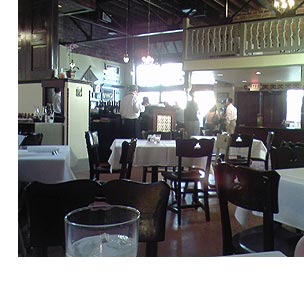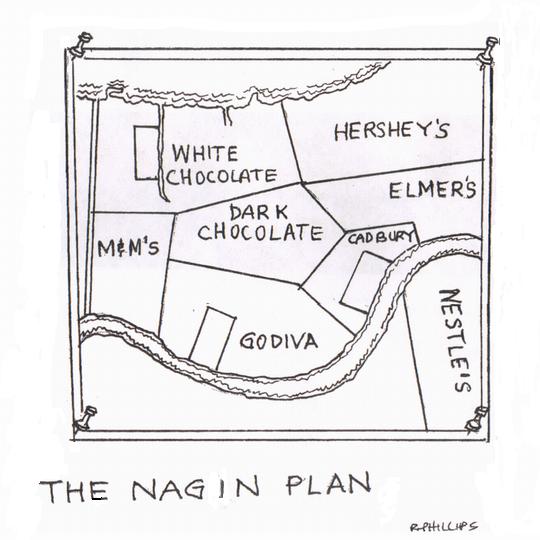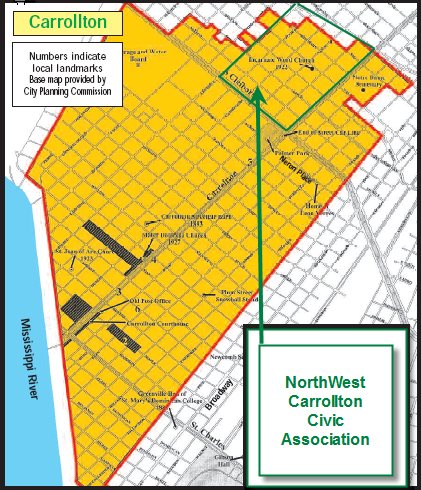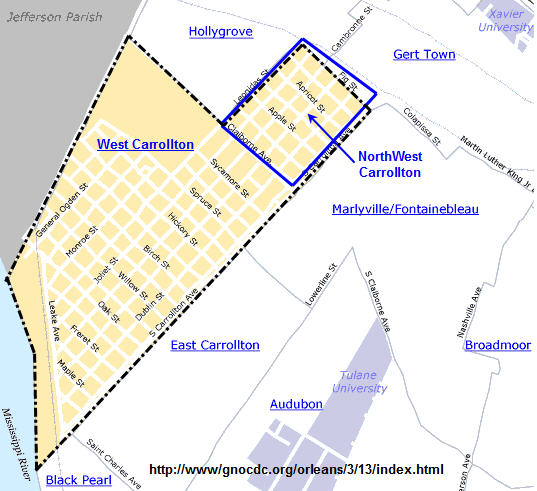Global warming, local initiatives
THE NATION
Unhappy with federal resistance to world standards, communities are curbing their energy use and emissions.
BOULDER, COLO. — Frustrated with the federal response to global warming, hundreds of cities, suburbs and rural communities across the nation have taken bold steps to slash their energy consumption and reduce emissions of the pollutants that cause climate change.
This outdoorsy college town recently adopted the nation's first "climate tax" -- an extra fee for electricity use, with all proceeds going to fight global warming. Seattle has imposed a new parking tax, and the mayor hopes to charge tolls on major roads in an effort to discourage driving -- a leading source of greenhouse gas pollution.
Cities not typically associated with liberal causes have also jumped on board. In Fargo, N.D., Mayor Dennis Walaker swapped out every traffic-light bulb for a light-emitting diode, or LED, which uses 80% less energy. In Carmel, Ind., a suburb of Indianapolis, Mayor James Brainard is switching the entire city fleet to hybrids and vehicles that run on biofuels (made from plant products rather than petroleum).
"It's quite incredible, the number of things cities are beginning to do. It's very heartening," said Tom Kelly, who directs a national environmental group called Kyoto USA.
Boulder Mayor Mark Ruzzin says skeptics often ask why global warming must be a local priority. He responds by acknowledging the obvious: "Even if Boulder could somehow wish away all of our greenhouse gas emissions, that wouldn't be a drop in the bucket. It would be a drop within a drop."
Then he argues that the city must try anyway -- if only to prove to larger communities that they, too, can reduce pollutants without spending huge sums or slowing economic growth.
"Every one of us has the ability, small as it may be, to make change," Ruzzin tells his residents, asking them to substitute a push mower for a gas mower, or at least to turn out the lights when they leave a room. "No one's going to be able to escape the responsibility."
The movement began nearly two years ago, when Seattle Mayor Greg Nickels announced that his city would strive to meet the targets of the Kyoto Protocol, an international treaty that aims to control global warming. The treaty requires industrialized nations to cut emissions of carbon dioxide and other pollutants that hover in the lower atmosphere. In what is known as a greenhouse effect, these pollutants create an invisible shield that keeps the sun's rays from dissipating. Many of the trapped rays are reflected back to Earth, raising temperatures.
Greenhouse gases are directly tied to energy use, because the process of burning fossil fuels emits carbon dioxide. So any measures to conserve energy can indirectly cut greenhouse emissions.
Planting trees can also help, because they absorb carbon dioxide -- and several cities have launched campaigns to take advantage of that fact. Denver, for instance, plans to plant an average of 140 trees a day for the next 20 years, while Los Angeles is replacing its famed fan palms with more leafy sycamores and oaks. Chicago encourages the planting of lush rooftop gardens, which have the added effect of cooling buildings, reducing the need for air conditioning.
Fargo acts on climate change more directly by trapping the methane that normally wafts out of its landfill as a byproduct of rotting garbage. The methane -- a potent greenhouse gas -- is then sold to a soybean processing plant, which uses it in its boilers.
"All these cities are like little laboratories, experimenting with what works. Then we learn from each other," Brainard said.
President Bush rejected the goals of the Kyoto treaty soon after he took office, calling it ineffective and unfair because developing countries such as China and India are exempt. He also argued that it would be enormously expensive for the U.S. to comply.
Determined to prove him wrong, Nickels challenged his fellow mayors to adopt Kyoto's targets at the local level. He has received more than 330 pledges from mayors representing 54 million people. All have vowed to reduce their cities' emissions below 1990 levels within the next several years.
The nation's biggest urban areas have made the pledge: Los Angeles, San Francisco, New York, Miami, Dallas, Denver. So have Turtle River, Minn. (population 79) and North Pole, Alaska (population 1,778).
Meridian, Miss., where nearly 30% of residents live in poverty, has signed on to the Kyoto goals. So have Sugar Land, Texas; Dubuque, Iowa; and Norman, Okla. Scores of blue-state coastal cities are on the list, including Berkeley and Cambridge, Mass. The industrial Rust Belt town of Gary, Ind., is also taking part.
Some of the cities that made the pledge have since lost interest. Topeka, Kan., is on the list, but that's because a former mayor signed up. The current mayor, Bill Bunten, has other priorities: "Our environmental problems in this city are just trying to make it clean and attractive."
This outdoorsy college town recently adopted the nation's first "climate tax" -- an extra fee for electricity use, with all proceeds going to fight global warming. Seattle has imposed a new parking tax, and the mayor hopes to charge tolls on major roads in an effort to discourage driving -- a leading source of greenhouse gas pollution.
Cities not typically associated with liberal causes have also jumped on board. In Fargo, N.D., Mayor Dennis Walaker swapped out every traffic-light bulb for a light-emitting diode, or LED, which uses 80% less energy. In Carmel, Ind., a suburb of Indianapolis, Mayor James Brainard is switching the entire city fleet to hybrids and vehicles that run on biofuels (made from plant products rather than petroleum).
"It's quite incredible, the number of things cities are beginning to do. It's very heartening," said Tom Kelly, who directs a national environmental group called Kyoto USA.
Boulder Mayor Mark Ruzzin says skeptics often ask why global warming must be a local priority. He responds by acknowledging the obvious: "Even if Boulder could somehow wish away all of our greenhouse gas emissions, that wouldn't be a drop in the bucket. It would be a drop within a drop."
Then he argues that the city must try anyway -- if only to prove to larger communities that they, too, can reduce pollutants without spending huge sums or slowing economic growth.
"Every one of us has the ability, small as it may be, to make change," Ruzzin tells his residents, asking them to substitute a push mower for a gas mower, or at least to turn out the lights when they leave a room. "No one's going to be able to escape the responsibility."
The movement began nearly two years ago, when Seattle Mayor Greg Nickels announced that his city would strive to meet the targets of the Kyoto Protocol, an international treaty that aims to control global warming. The treaty requires industrialized nations to cut emissions of carbon dioxide and other pollutants that hover in the lower atmosphere. In what is known as a greenhouse effect, these pollutants create an invisible shield that keeps the sun's rays from dissipating. Many of the trapped rays are reflected back to Earth, raising temperatures.
Greenhouse gases are directly tied to energy use, because the process of burning fossil fuels emits carbon dioxide. So any measures to conserve energy can indirectly cut greenhouse emissions.
Planting trees can also help, because they absorb carbon dioxide -- and several cities have launched campaigns to take advantage of that fact. Denver, for instance, plans to plant an average of 140 trees a day for the next 20 years, while Los Angeles is replacing its famed fan palms with more leafy sycamores and oaks. Chicago encourages the planting of lush rooftop gardens, which have the added effect of cooling buildings, reducing the need for air conditioning.
Fargo acts on climate change more directly by trapping the methane that normally wafts out of its landfill as a byproduct of rotting garbage. The methane -- a potent greenhouse gas -- is then sold to a soybean processing plant, which uses it in its boilers.
"All these cities are like little laboratories, experimenting with what works. Then we learn from each other," Brainard said.
President Bush rejected the goals of the Kyoto treaty soon after he took office, calling it ineffective and unfair because developing countries such as China and India are exempt. He also argued that it would be enormously expensive for the U.S. to comply.
Determined to prove him wrong, Nickels challenged his fellow mayors to adopt Kyoto's targets at the local level. He has received more than 330 pledges from mayors representing 54 million people. All have vowed to reduce their cities' emissions below 1990 levels within the next several years.
The nation's biggest urban areas have made the pledge: Los Angeles, San Francisco, New York, Miami, Dallas, Denver. So have Turtle River, Minn. (population 79) and North Pole, Alaska (population 1,778).
Meridian, Miss., where nearly 30% of residents live in poverty, has signed on to the Kyoto goals. So have Sugar Land, Texas; Dubuque, Iowa; and Norman, Okla. Scores of blue-state coastal cities are on the list, including Berkeley and Cambridge, Mass. The industrial Rust Belt town of Gary, Ind., is also taking part.
Some of the cities that made the pledge have since lost interest. Topeka, Kan., is on the list, but that's because a former mayor signed up. The current mayor, Bill Bunten, has other priorities: "Our environmental problems in this city are just trying to make it clean and attractive."


 Click here for current maps of New Orleans Historic Neighborhoods
Click here for current maps of New Orleans Historic Neighborhoods